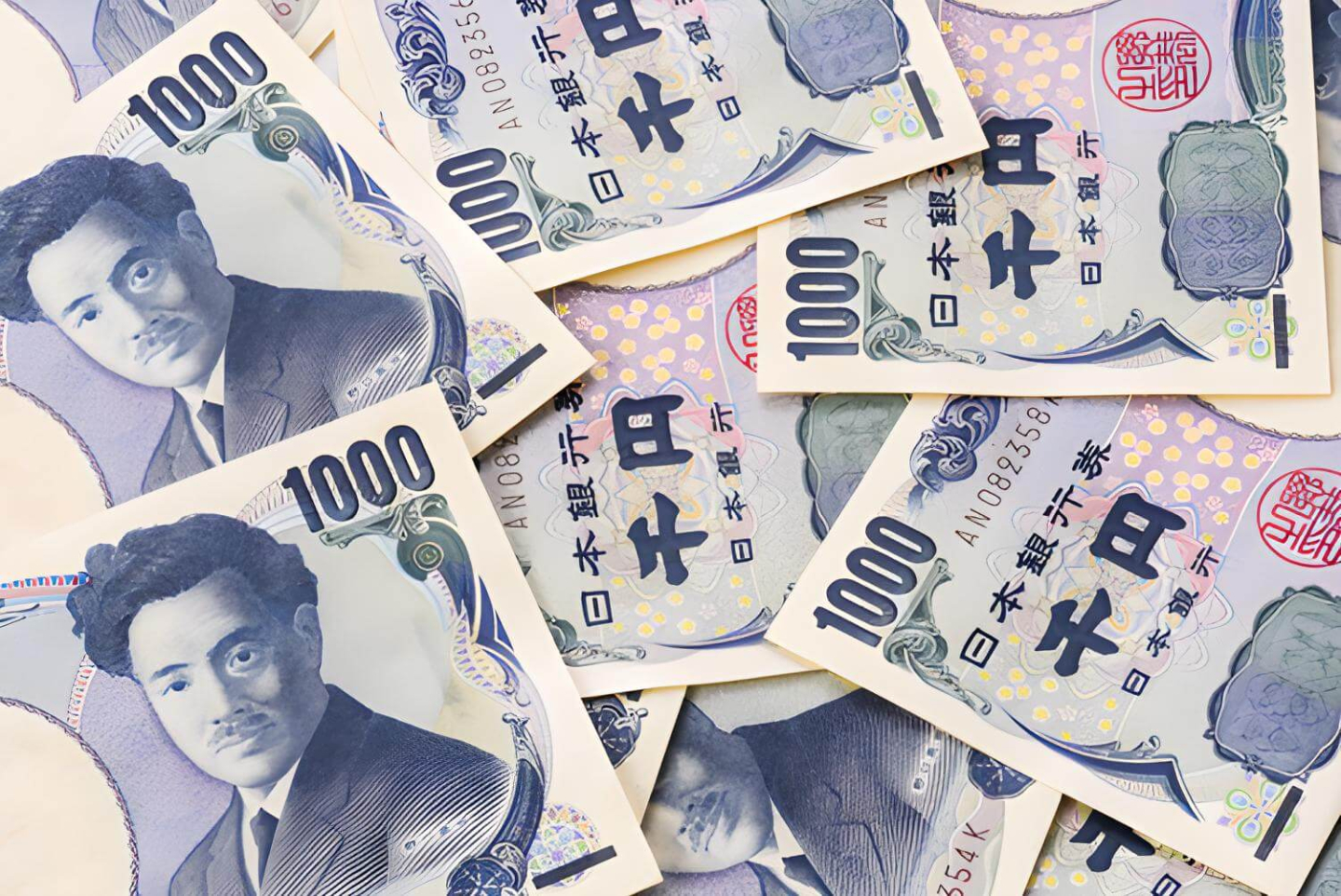The Japanese yen is leaving the rest of the G10 currencies behind, appreciating nearly 0.5% against the dollar two days before Donald Trump announces a series of reciprocal tariffs. Concerns about U.S. economic growth and uncertainty surrounding the Republican administration are driving capital flows towards the yen, which, after the turbulence of 2024, is regaining its status as a "safe haven currency."
Source: xStation5
Stagflation fears have weighed on U.S. bond yields, pushing the 10-year U.S. Treasury yield down to 4.19%. A sharp decline in consumer sentiment according to the University of Michigan and a higher-than-expected PCE inflation index highlighted the risks of the U.S. president’s trade policy. This set of data undoubtedly marks the beginning of a new dilemma for the Federal Reserve, which, at its last interest rate decision, did not raise the issue of prolonged inflationary pressure and still considered the risk of recession to be marginal.
Sentiment in the stock market is equally negative in both Japan and the U.S., but the drop in U.S. 10-year bond yields suggests that concerns about the U.S. economy carry more weight for investors, who are heavily betting on a return to rate cuts in the U.S. In Japan, however, we are seeing a GDP rebound, stabilization after a period of elevated inflation, and further rate hikes toward the (still sought-after) optimum. The risk of a trade war also seems smaller, given Japan’s diplomatic steps, which align with Donald Trump’s expectations (including greater foreign investment and reducing the trade deficit).
A sharp decline in U.S. bond yields has wiped out the last gains on USDJPY. Source: XTB Research, Bloomberg Finance L.P.
Money markets are pricing in one rate hike in Japan in 2025. Source: Bloomberg Finance L.P.
BREAKING: BoC holds interest rates unchanged🔎CAD with muted reaction
⌚EURUSD Upside Capped Ahead of Fed
BREAKING: Costs of labor bellow expectations in US!🚨EURUSD muted ↔️
Chart of the day: EURUSD (10.12.2025)


